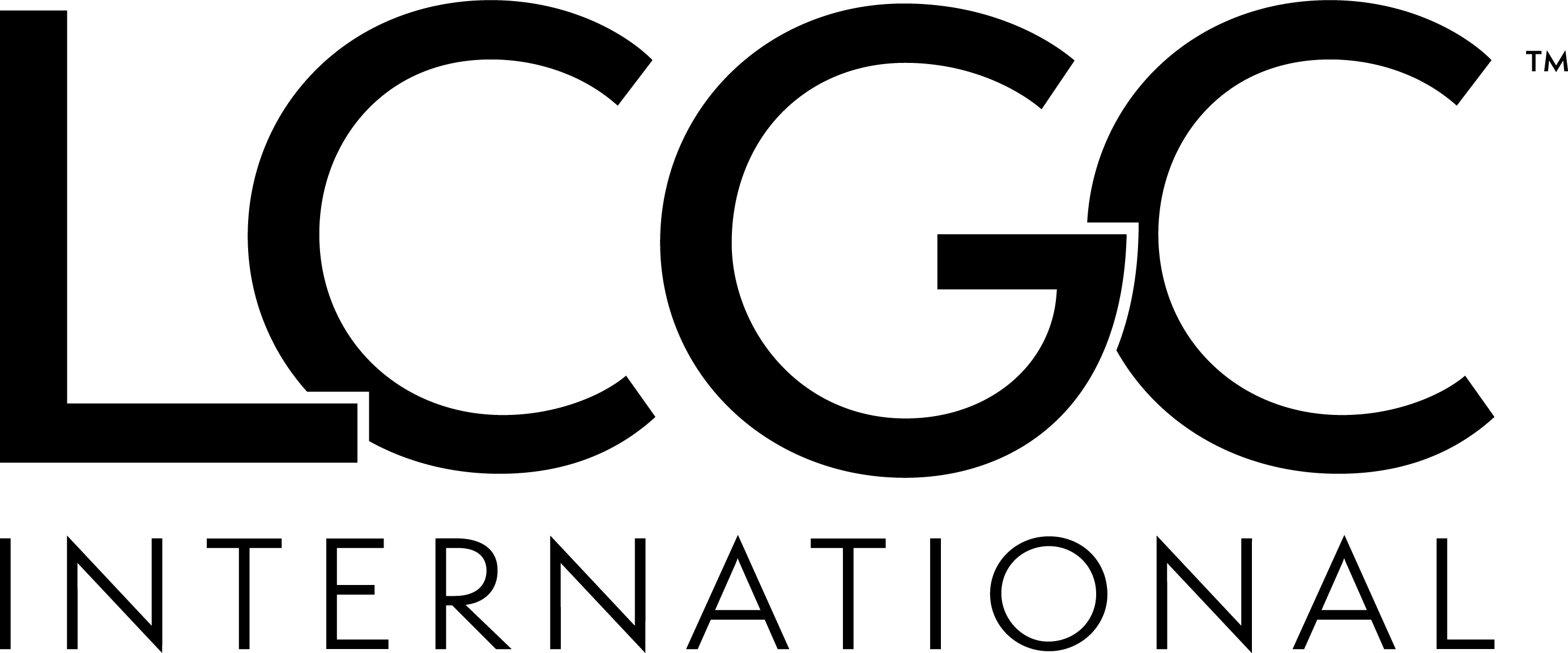
European Medicines Agency Reorganization
Re-shaping a regulatory agency fit for the future
The first details of the planned reorganization of the European Medicines Agency (EMA) have been announced. Rooted firmly in the Agency’s overall public and animal health mission, the changes reflect a renewed focus on three key elements: how to better support the scientific work of the EMA committees, how to better share the data the Agency holds and how to better meet the needs of its stakeholders and partners.
The changes are the result of a review initiative announced in December 2012.
Professor Guido Rasi, EMA Executive Director, said, “The 2012 annual report highlighted the increased complexity and diversity of the Agency’s activities. My aim is to re-shape the EMA to be ready to handle future challenges and give our scientific committees the appropriate support, alongside the expertise from the national agencies, to help them keep delivering high-quality, consistent opinions. These changes are expected to improve the efficiency and effectiveness of our operations, at a time when all public bodies are being asked to do more with less. It offers a more effective use of existing resources and ensures the Agency is better prepared for future legislative and policy challenges.”
In addition to the support to the committees, the changes recognize that the EMA is increasingly a central data and knowledge hub for the European medicines network as a whole. Data held by the Agency will be increasingly shared with partners and stakeholders. The Agency’s databases are relied on for evaluation and supervision of medicines by national agencies and the EMA, and by pharmaceutical companies for their own products. They are also the source for public information for the web portal on medicines in Europe.
The changes also aim to improve the way the Agency engages with and supports its stakeholders and partners. This includes more coherent support to pharmaceutical companies during the research and development of new medicines, a new contact function for industry, including small and medium-sized enterprises (SMEs), and consolidation of interactions with patients and healthcare professionals.
The new organizational structure is expected to take effect from the beginning of August 2013. The full structure will be implemented over a period of some 18 months, during which time the Agency will ensure continuity of operations for medicines evaluation and supervision.
The new organization structure will be published in the coming months, once the details have been agreed. The main high-level changes are the replacement of the current two Units dealing with medicines for human use with four Divisions focused on: support to the R&D phase; medicines evaluation and lifecycle management; procedure management and business data; and lastly inspections and pharmacovigilance.
The current entities responsible for veterinary medicines, ICT and administration will remain unchanged, except perhaps for their names.
The changes have come out of an intensive period of analysis of the many processes and procedures operated at the Agency. Staff members, chairs of the scientific committees and a number of heads of national medicines agencies have all been involved at various stages during the process.
Notes
- This press release, together with all relevant documents is available on the Agency's
website
- The 19 December 2012 announcement ‘European Medicines Agency reviews its operations and prepares for reorganisation in 2013’ can be found
here
- More information on the current Agency structure can be found
here :
- More information on the work of the European Medicines Agency can be found on its website:
www.ema.europa.eu
Newsletter
Stay current in clinical research with Applied Clinical Trials, providing expert insights, regulatory updates, and practical strategies for successful clinical trial design and execution.





.png)



.png)



.png)
.png)
